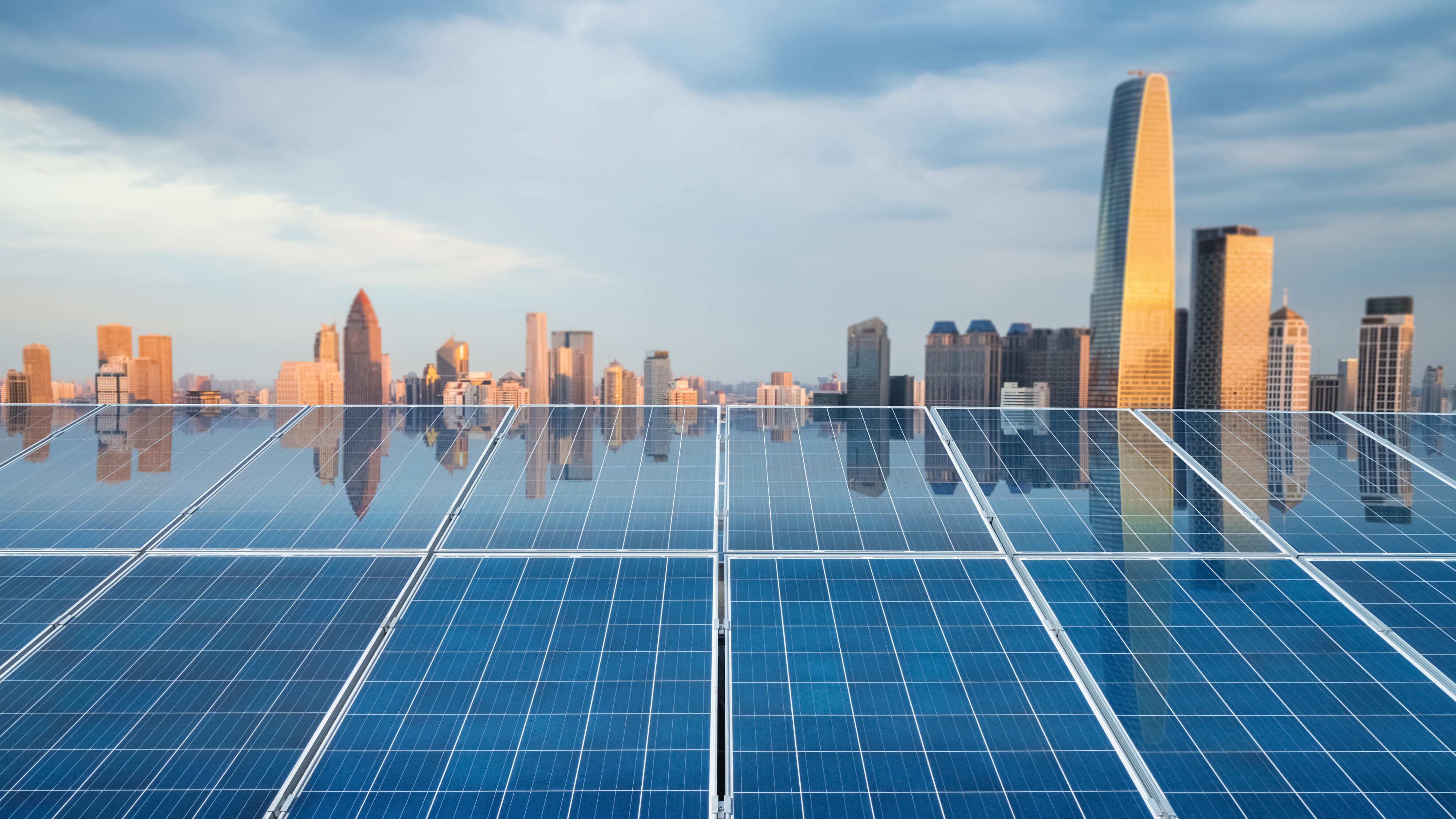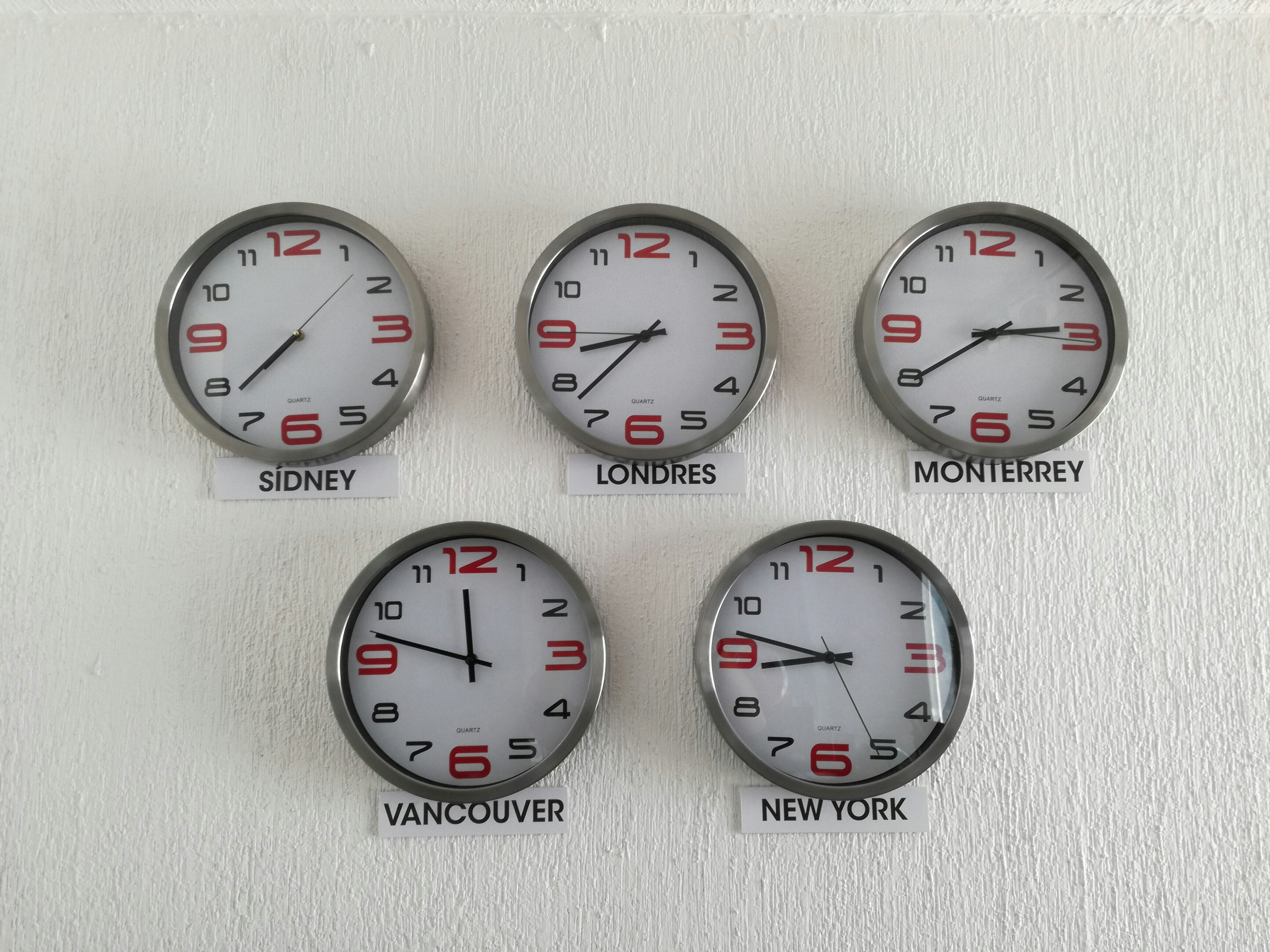Cuba and the United States: a timeline of diplomatic relations

A look back at Cuba-US trade relations as Raul Castro resigns as leader of the Communist Party. Image: REUTERS/Alexandre Meneghini
When Pope Francis set foot on Cuban soil for the first time on 19 September, 2015, he could look back on a renewal of diplomatic relations between the two countries that he helped to broker.
The Pope told a welcoming ceremony in Havana that the normalisation of relations between the Caribbean nation and the United States had filled him with hope.
It is a sign of the victory of the culture of encounter and dialogue, the system of universal growth over the forever-dead system of groups and dynasties, I urge political leaders to persevere on this path and to develop all its potentialities as a proof of the high service which they are called to carry out on behalf of the peace and well-being of their peoples, of all America, and as an example of reconciliation for the entire world.
The Obama administration announced on 17 December 2014 its intention to ease sanctions against the Caribbean island – laying the groundwork for the restoration of diplomatic relations between the two nations. This was confirmed during the Summit of the Americas, held in Panama in April 2015, where Presidents Barack Obama and Raúl Castro shook hands, marking the first official meeting between the two heads of state.
Cuba’s Minister of Finance, Lina Pedraza Rodríguez, addressed the thawing of the relationship while participating at the World Economic Forum on Latin America in Mexico in May.
On 20 July, Cuba and the United States resumed diplomatic relations after 54 years by reopening embassies – a signal of their willingness for cooperation after a tumultuous relationship. However, there are still many hurdles that need to be cleared for full normalization between the two nations. Congress would need to repeal the trade embargo in order to allow most exports, imports and investment across the Florida Strait, and the differences between the two governments makes it clear that there still a long road ahead after decades of mistrust.
On 14 August 2015, in a historic moment between the US and Cuba, Secretary of State John Kerry raised the American flag over the recently restored American embassy in Havana. Although the economic embargo legally remains, this is another important step toward normalizing diplomatic relations between the two nations.
Secretary of State John Kerry said at the State Department as he stood next to Cuba’s Foreign Minister, Bruno Rodríguez:
This milestone does not signify an end to differences that still separate our governments,” Mr. Kerry said. “But it does reflect the reality that the Cold War ended long ago and that the interests of both countries are better served by engagement than by estrangement.
Given the new era of collaboration, we’ve put together a timeline of the key moments of the Cuban embargo:
1960 – After Fidel Castro came to power in 1959 and nationalized all US businesses on the island – President Dwight Eisenhower blocked nearly all trade between the US and Cuban interests, and froze Cuban assets in the US. All diplomatic relations were severed.
1962 – President John F. Kennedy’s administration imposed a complete economic embargo on the island and set restrictions on travel and trade, a major blow to the Cuban economy, which depended on the US to a large extent. According to Cuban government estimates, these actions resulted in a loss of approximately $1.126 trillion over the next five decades.
1966 – President Lyndon B. Johnson allowed Cubans arriving in the US the opportunity to seek citizenship.
1980 – The Cuban government let its citizens emigrate to the US. The subsequent mass migration of 125,000 people is known as the Mariel boatlift.
1996 – The Helms-Burton Act came into effect, adding further restrictions to the Cuban embargo and penalizing foreign enterprises doing business with Cuba. It stated that the embargo would only be lifted if the Castro brothers were removed from power, among other conditions.
1998 – President Bill Clinton’s administration eased the control of humanitarian shipments of medicine and food to the island.
2003 – Fidel Castro handed over the presidency to his brother Raúl.
2009 – President Obama’s administration lifted travel restrictions on Cuban-Americans for educational and religious purposes, also allowing them to send money to Cuban residents. US telecommunication companies were permitted to pursue business opportunities in Cuba.
2014 – After Cuba fulfilled its promise to release 53 political prisoners, the Obama administration announced its intention to ease sanctions against the country. The two nations reached an agreement to restore diplomatic relations. The amount of funds Cuban-Americans can send to the island was increased from $2,000 to $8,000, and the use of US-issued credit and debit cards in Cuba was permitted.
2015 – Presidents Raúl Castro and Barack Obama held a meeting in Panama. It was the first significant discussion between a Cuban and an American president since 1956. On 29 May the US removed Cuba from their list of state sponsors of terrorism, which will help ease economic sanctions and allow Cuba access to banking services in the US.
On 20 July, Cuba and the United States resumed diplomatic relations after 54 years by reopening embassies – a signal of their willingness for cooperation after a tumultuous relationship.
On 14 August 2015, in a historic moment between the US and Cuba, Secretary of State John Kerry raised the American flag over the recently restored American embassy in Havana. Although the economic embargo legally remains, this is another important step toward normalizing diplomatic relations between the two nations.
On Thursday 17th December, Cuba and the United States reached an agreement to resume commercial air travel for the first time in more than half a century.
According to the announcement “This arrangement will continue to allow charter operations and establish scheduled air service, which will facilitate an increase in authorized travel, enhance traveler choices and promote people-to-people links between the two countries.”
Author: José Santiago, Digital Content Specialist, Public Engagement, World Economic Forum
Image: An American Airlines airplane prepares to land at the Jose Marti International Airport in Havana REUTERS/Carlos Garcia Rawlins
Don't miss any update on this topic
Create a free account and access your personalized content collection with our latest publications and analyses.
License and Republishing
World Economic Forum articles may be republished in accordance with the Creative Commons Attribution-NonCommercial-NoDerivatives 4.0 International Public License, and in accordance with our Terms of Use.
The views expressed in this article are those of the author alone and not the World Economic Forum.
Stay up to date:
Latin America
Related topics:
Forum Stories newsletter
Bringing you weekly curated insights and analysis on the global issues that matter.
More on Economic GrowthSee all
Rishika Daryanani, Daniel Waring and Tarini Fernando
November 14, 2025











